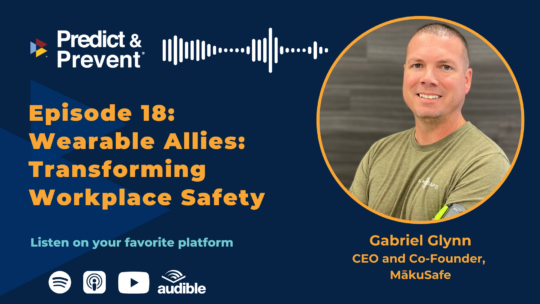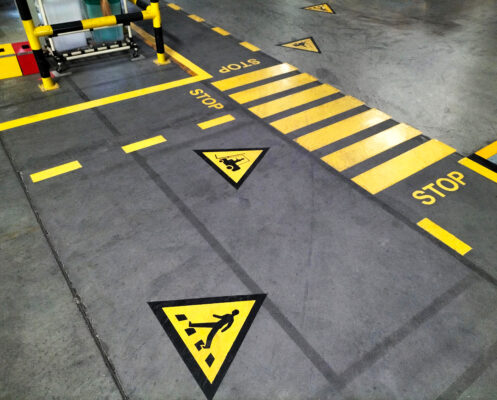Enhancing Workplace Safety: Beyond Compliance
May 31, 2024
Since the advent of the Occupational Safety and Health Administration (OSHA) in 1971, we’ve made significant strides in reducing recordable injuries and fatalities through compliance and regulations. However, we’ve reached a point where these improvements have stagnated over the past several years. According to the Bureau of Labor Statistics, recordable and reportable injuries have hit a floor that we can’t seem to break through. Additionally, there’s evidence that serious injuries and fatalities (SIFs) are on the rise.
According to the Bureau of Labor Statistics (BLS), the total recordable cases (TRC) of nonfatal workplace injuries and illnesses have remained steady at 2.6 cases per 100 full-time equivalent workers in both 2021 and 2022, indicating a plateau in reducing these injuries. Additionally, the BLS’s Census of Fatal Occupational Injuries (CFOI) reported a significant increase in workplace fatalities, rising by 8.9% from 2020 to 2021, with a total of 5,190 fatal work injuries in 2021. This data highlights a troubling rise in the most severe workplace incidents, even as overall injury rates stabilize.
How do we improve our safety management in today’s world?
The Importance of leadership effectiveness
Effective leadership is more critical than ever in driving further improvements. Leaders, especially those on the front lines, need to know their people. Leadership isn’t just about managing tasks; it’s about leading people. Genuine connection, humble curiosity, and asking questions about how work is done are essential for fostering a safe work environment.
Building a positive organizational culture
Organizational culture significantly shapes attitudes and behaviors. A productive culture encourages compliance and adaptation to safety protocols, while a caustic culture breeds resistance and non-compliance. Small conversations that demonstrate care and concern are the building blocks of a positive culture.
Measuring the right indicators
Traditionally, safety management has focused on lagging indicators—data collected after incidents occur. Instead, we should focus on leading indicators that identify potential hazards before incidents happen. Leading indicators should be timely, relevant, unique, and easy to implement. MakuSafe’s sensor technology provides real-time data about common experiences and exposures that represent risk, offering a more proactive approach to safety management.
Traditional vs. modern safety management
Traditional safety management involves identifying hazards manually, assessing risk, and implementing controls. However, this approach often relies too heavily on personal protective equipment (PPE) and rules, which are the least effective controls. A more effective approach focuses on eliminating hazards or substituting safer alternatives, which are significantly more effective than relying on PPE.
MākuSafe wearable technology offers a leap forward to “Smart PPE” if you will. Gathering data proactively enables in essence automated identification of hazards, this allows for corrective actions to be taken, preventatively, to eliminate the hazard or change a work process before incidents occur.
A continuous improvement approach
Modern safety management should be a continuous process of improvement. Starting with a problem or goal, organizations need to monitor and measure progress continually. This evidence-based decision-making ensures that actions taken to mitigate risks are effective.
Embracing Human and Organizational Performance (HOP)
Human and Organizational Performance (HOP) is a risk-focused operating philosophy that recognizes human error as inevitable. Instead of focusing on policing behavior, HOP aims to design systems and processes that account for human error and create capacity for safe failure.
For example, in earlier cars, forgetting a gas cap was a common mistake. Modern cars either attach the gas cap to the vehicle or eliminate it entirely, preventing the error. Similarly, organizations can design work processes that mitigate risks by understanding and accommodating human behavior.
Embrace the shift
Improving workplace safety requires a shift from traditional compliance-focused approaches to more holistic and proactive strategies. Effective leadership, positive organizational culture, and focusing on leading indicators are crucial. Embracing continuous improvement and HOP principles can help organizations create safer work environments.
If you are interested in learning more about wearable safety technology that promotes a positive safety culture, check out our free resources or schedule a demo with us.





